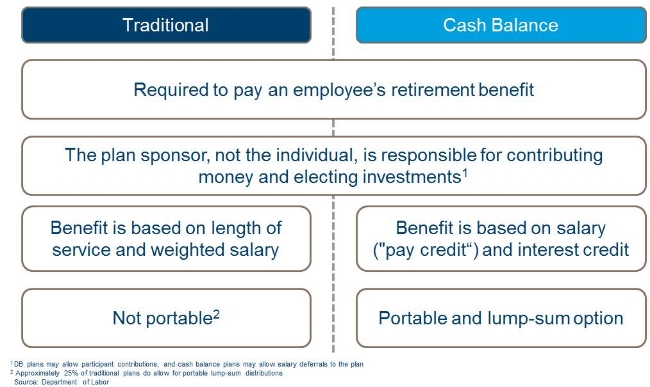Contributed by: Melissa Parkins, CFP®
No one likes making a budget. It takes time to make, time to maintain, and it can provide some depressing information. All this considered, you still SHOULD make a budget! Actually, no matter your age or where you are in life, a budget is a critical piece to your financial plan. A financially successful future can depend on your actions today, and budgeting is an effective way to keep your actions in check.
Why budget:
A budget helps you best plan for your short term goals (like a vacation, or paying down student loans) and long term goals (like a home purchase, or a comfortable retirement). First you lay out your goals with specific amount and timeline, then you track your spending habits and monitor your progress, and before you know it, your dreams can become a reality! I know, easier said than done. But in all seriousness, a budget is one of the best ways to keep yourself accountable AND focused so that your goals can be met. It also forces you to realize your bad spending habits (the depressing part of any budget) and then work towards correcting them. First know what you earn and what you need to spend to live then determine how much you need to save to reach your goals. As you’ve heard many times before, don’t spend money that you don’t have! Especially if you already have unwanted debt (like student loans!). Even if you are currently comfortable with your income and spending each month, creating a budget is still helpful to identify unnecessary spending and redirect those funds to your priorities. I mean, do you really need to be spending $100 a month on lattes?! A budget will show you what little guilty pleasures actually add up to in the long run, and it may surprise you.
How to setup a budget:
Taking the time to start your budget is the hardest part.
First, collect your paystubs and any other regular monthly income statements to determine the amount that comes in each month.
Next, collect bank and credit card statements, and other monthly bills to figure out your fixed expenses, necessary expenses, and unnecessary spending.
Compare multiple months of statements to determine on average how much you spend monthly.
Break down your spending into categories (living expenses, household bills, debt payments, groceries, eating out, shopping, savings etc.).
Analyze your spending categories to see which areas are your “bad habits” and you’d like to consciously make improvements.
Review your goals and make sure you are appropriately saving for them.
Once you have done all this, you now have your bottom line, and it is just a matter of sticking to it. The way you go about maintaining and tracking your budget is a matter of personal opinion. Some prefer using an excel spreadsheet. Others find online tools such as Mint, Level Money, or You Need a Budget to be most helpful. There are also alternatives to the traditional budget like utilizing multiple checking/savings accounts at the bank to organize your spending and savings (opening different savings accounts and titling them for different goals like emergency fund, travel, etc. or having separate checking accounts for necessary spending and discretionary spending).
It doesn’t matter how you do it, you just need to find the way that works best for you. Creating and sticking to a budget involves discipline, and maybe some sacrifice at times, but it will break the bad habits and replace them with good spending and savings habits. At the end of the day, a budget can help you eliminate your debts and build your net worth quicker. If you have dreams of luxury purchases, traveling the world, paying down student loans quickly, or just having a happy retirement, you need a budget! It can help you reach your goals quicker and easier.
Melissa Parkins, CFP® is an Associate Financial Planner at Center for Financial Planning, Inc.®
The information has been obtained from sources considered to be reliable, but we do not guarantee that the foregoing material is accurate or complete. Any opinions are those of Melissa Parkins and not necessarily those of Raymond James. Expressions of opinion are as of this date and are subject to change without notice. There is no guarantee that these statements, opinions or forecasts provided herein will prove to be correct.




















